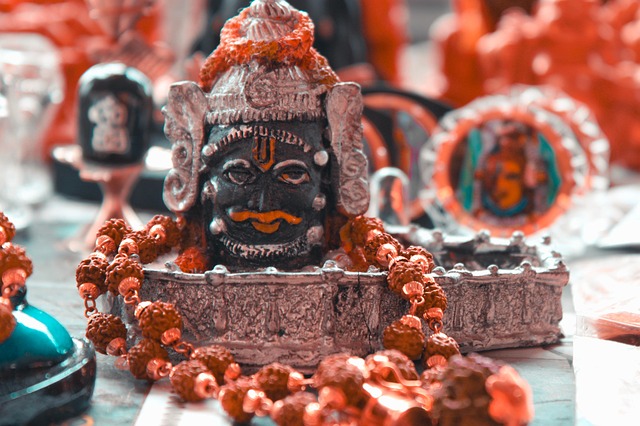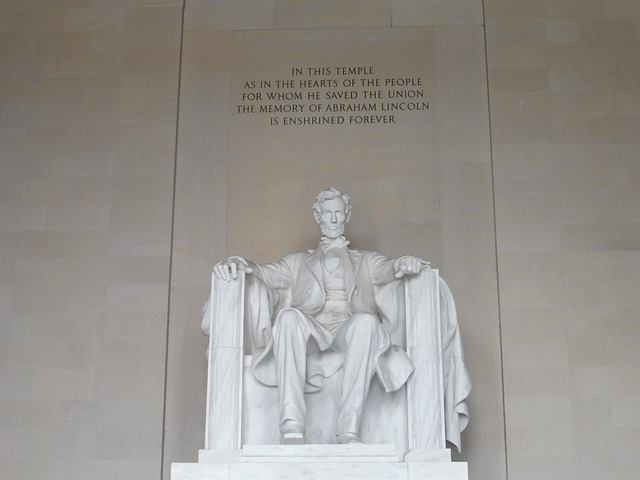The figure of Shiva in Hinduism embodies a complex interplay of paradoxes—representing both destruction and regeneration, asceticism and sensuality. Known as The Destroyer” within the Holy Trinity or Trimurti of Hindu gods, Shiva plays an indispensable role in the cosmic cycles of creation and annihilation. His symbolism transcends mere representation; it evokes deep spiritual sensations that resonate with countless devotees. This blog post seeks to unveil the mystique surrounding Shiva and explore the profound spiritual significance he holds within the Hindu faith.
At first glance, Shiva’s appearance may be daunting to many. With his blue throat, ash-smeared body, and serpents coiling around his neck, he appears fierce. However, these elements are rich in symbolism. The blue throat signifies the self-sacrifice made during the churning of the ocean, where he consumed poison to save the universe. His ascetic lifestyle may seem disconnected from worldly pleasures, yet he is also the lord of the sacred dance, Nataraja, symbolizing the eternal rhythm of life that ebbs and flows. This duality encapsulates the essence of Shiva—a reminder that destruction is often a precursor to renewal.
Devotees often meditate on Shiva to seek inner peace and clarity. His discipline and deep devotion to the path of yoga encourage individuals to transcend their worldly woes and travel the interior landscapes of their soul. In a world filled with noise and distraction, the serene presence of Shiva offers a retreat into silence, allowing people to reconnect with their innermost selves. The sound of the damru (drum) he wields symbolizes the cosmic sound of creation, gently guiding followers to attune themselves to the universal vibration that sustains life.
Shiva’s various incarnations and forms further exemplify his significance in the spiritual journey. From the benevolent Shiva to the fierce Bhairava, each form teaches us valuable lessons about love, fear, and the journey toward enlightenment. His relationship with Parvati, his divine consort, reflects the balance of energies—the feminine and masculine—that must coexist for harmony in life. This relationship serves as an inspiration for many seeking companionship and love that transcends the material.
The festival of Maha Shivaratri celebrates the night of Shiva—a time when devotees engage in night-long vigils, prayers, and chants, offering their devotion in hopes of spiritual elevation. It symbolizes the merging of the individual self with the cosmic spirit, emphasizing the importance of surrender and devotion in achieving spiritual liberation. The rhythmic chants of “Om Namah Shivaya” resonate deep within the hearts of worshippers, transforming a simple mantra into a profound spiritual experience.
Shiva is not merely a deity; he embodies a spiritual aspiration that encourages individuals to embrace the cycles of life. To worship Shiva is to acknowledge both the light and darkness, the known and unknown. As a figure of wisdom, he invites us to observe life’s transient nature without attachment and to understand that every ending brings forth a new beginning. Incorporating the essence of Shiva into one’s spiritual practice can illuminate the path toward self-discovery, balancing the chaotic whirlpool of existence with the calm clarity of the divine.
In this way, the mystique of Shiva is not just about the Divine representation; it’s about opening the door to understanding ourselves and the universe around us. Each prayer, story, and reflection on Shiva acts like a mirror, allowing us to delve deep into our own consciousness and reveal the truths that lie beneath the mundane surface of life.




